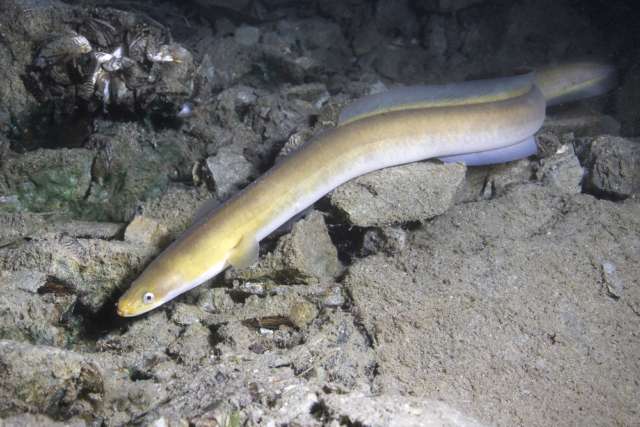
The largest cluster of fish recorded at great depths was discovered by an oceanographic group studying marine inhabitants at the University of Hawaii at Manoa, the Monterey Bay Aquarium Research Institute and the National Oceanography Center (UK).
According to Astrid Leitner, the lead author of the work, scientists have not yet seen such an amount of fish in a sparsely populated and not abundant food in a deep-sea area.
Researchers made this observation during an expedition in the Clarion Clipperton zone. This is a vast area between Hawaii and Mexico. Subsea mountain chains, the peaks of which are 3000 m below the sea surface, create a deep sea landscape and are one of the least studied habitats on the planet. During the expedition, the team took samples from three of these mountains and their surrounding plains as part of an effort to establish an environmental background before mining operations began.
At the top of one of the three previously unearthed and completely uncharted seamounts, the team captured a flock of 115 eels from the Synaphobranchidae family in a small bag with bait containing about 1 kg of mackerel. Several eels were trapped with bait and identified as representatives of Ilyophis arx, a little-known species of less than 10 individuals in fish collections around the world.
These eels were observed at the tops of all seamounts, but not on the abyssal plain surrounding them. The findings show that such areas are capable of supporting much more animals than other surrounding habitats, and that these eels are probably well-adapted “highlanders.”
Returning from the expedition, the team made sure that it documented the largest number of fish ever recorded in the deep ocean – almost twice the previous record.
According to scientists, such results show how much remains to be discovered in the deep sea and how much humanity can lose if it does not manage mining properly.




